Home>Maintenance & Safety>Home Maintenance Checklists>When Was The Trash Can Invented
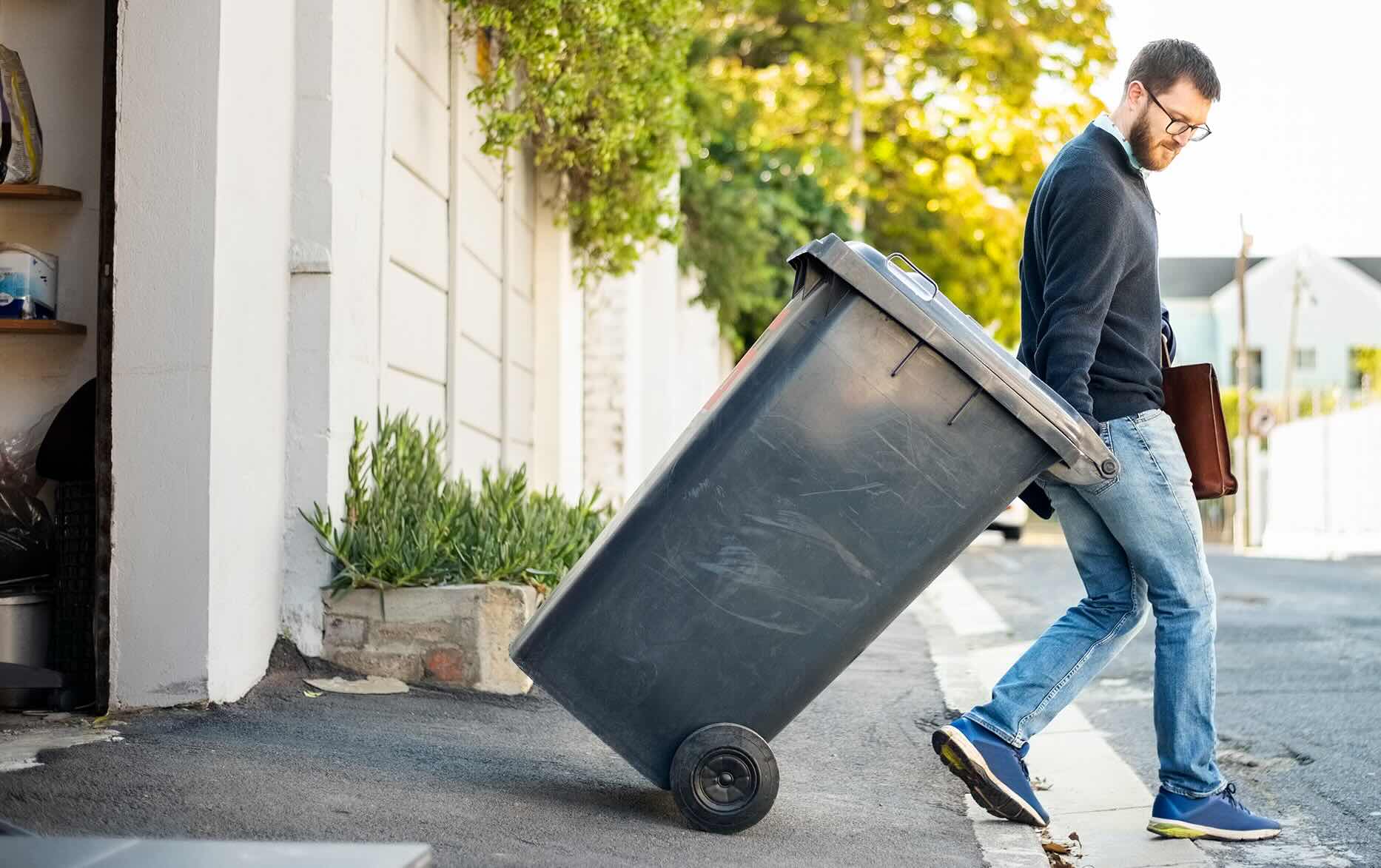

Home Maintenance Checklists
When Was The Trash Can Invented
Published: January 17, 2024
Learn about the history of the trash can and its impact on home maintenance checklists. Discover when this essential household item was first invented.
(Many of the links in this article redirect to a specific reviewed product. Your purchase of these products through affiliate links helps to generate commission for Storables.com, at no extra cost. Learn more)
Introduction
Welcome to the fascinating journey of waste disposal and the evolution of the humble trash can. While it might seem like a mundane topic, the history of waste management is an intriguing tale of human ingenuity and the ever-present need to keep our surroundings clean and hygienic. From ancient civilizations to modern innovations, the story of the trash can is a testament to our ongoing efforts to efficiently handle and dispose of waste.
Join me as we delve into the early waste disposal methods, trace the evolution of the trash can, and explore the modern innovations that have revolutionized waste management. By understanding the origins and advancements in waste disposal, we gain a deeper appreciation for the essential role that the trash can plays in maintaining clean and healthy environments.
Key Takeaways:
- Trash cans have come a long way from ancient clay pots to modern, high-tech receptacles. They play a crucial role in keeping our environment clean and promoting recycling.
- Innovations like smart waste collection and recycling programs are transforming waste management, making it more efficient and eco-friendly. The evolution of the trash can reflects our commitment to a cleaner, sustainable world.
Read more: When Was Trash Bags Invented
Early Waste Disposal Methods
In ancient times, waste disposal was a rudimentary practice, often lacking the systematic approaches we have today. Early civilizations, such as the Mesopotamians and the Indus Valley dwellers, relied on simple methods to manage their waste. One common method involved the disposal of waste in designated areas outside the city or village limits. These areas, often located near water bodies, served as dumping grounds for organic and inorganic waste.
As societies evolved, so did their waste disposal techniques. The ancient Greeks and Romans, known for their advancements in engineering and infrastructure, developed more sophisticated waste management systems. They constructed elaborate sewage and drainage systems to channel waste away from populated areas, reducing the risk of contamination and disease.
During the Middle Ages, waste disposal became a pressing issue in rapidly growing urban centers. The practice of throwing waste into the streets was common, leading to unsanitary conditions and the spread of infectious diseases. To address this, municipal authorities began implementing rudimentary waste collection services. Residents were required to dispose of their waste in designated communal pits or to hand it over to designated waste collectors.
Throughout history, various cultures devised unique methods for waste disposal, reflecting their understanding of hygiene and environmental preservation. From the use of communal pits to the development of primitive drainage systems, early waste disposal methods laid the groundwork for the sophisticated waste management systems we have today.
Evolution of the Trash Can
The concept of a dedicated container for waste disposal, akin to the modern trash can, has evolved significantly over the centuries. The earliest iterations of trash receptacles were simple and utilitarian, serving the primary purpose of containing and transporting waste. In ancient civilizations, clay pots and woven baskets were commonly used to collect and dispose of household waste.
As societies progressed, the need for more efficient waste containment became apparent. In the 19th century, the industrial revolution brought about significant changes in urban living, leading to an increase in waste production. This necessitated the development of more structured waste management systems, including the introduction of specialized containers for waste collection.
The late 19th and early 20th centuries witnessed the emergence of the modern trash can as we recognize it today. Metal containers, often with lids and handles, became commonplace in urban areas, providing a more hygienic and organized approach to waste disposal. These early trash cans were typically emptied by municipal waste management services, marking a shift towards centralized waste collection and disposal.
With the advent of plastics and other synthetic materials, the design and construction of trash cans underwent further evolution. Plastic bins, known for their durability and resistance to corrosion, gained popularity in both residential and commercial settings. The introduction of wheels and hinged lids further improved the functionality and convenience of trash cans, making them integral components of waste management infrastructure.
Today, the trash can has become a ubiquitous fixture in homes, businesses, and public spaces, reflecting the ongoing emphasis on waste segregation and responsible disposal. Modern trash cans are designed to accommodate various types of waste, promoting recycling and environmental sustainability. Additionally, technological advancements have led to the development of sensor-equipped and self-compacting trash cans, enhancing efficiency and reducing the environmental impact of waste disposal.
The evolution of the trash can mirrors our evolving understanding of waste management and environmental conservation. From humble clay pots to technologically advanced receptacles, the trash can has evolved to meet the demands of an increasingly waste-conscious society.
The trash can was invented in the 1800s, with the first patented design in 1883 by George Dempster. It was initially a horse-drawn cart for collecting waste.
Modern Innovations in Waste Management
In the modern era, waste management has undergone a profound transformation, driven by technological advancements and a heightened awareness of environmental sustainability. Innovations in waste management have revolutionized the way we handle, process, and dispose of waste, paving the way for more efficient and eco-friendly practices.
One notable innovation in waste management is the implementation of smart waste collection systems. These systems utilize sensor technology to monitor the fill-level of trash cans, enabling optimized collection routes and schedules. By deploying resources more effectively, smart waste collection systems reduce fuel consumption and minimize the environmental impact of waste collection operations.
Furthermore, the integration of recycling and composting initiatives into waste management practices has significantly reduced the volume of waste destined for landfills. Municipalities and businesses have embraced comprehensive recycling programs, encouraging the separation of recyclable materials at the source. Similarly, composting organic waste has gained traction, diverting valuable nutrients from landfills and contributing to the production of nutrient-rich compost for agricultural use.
Advancements in waste-to-energy technologies have also transformed the landscape of waste management. Facilities equipped with incinerators or anaerobic digesters convert organic waste into energy, reducing reliance on traditional fossil fuels and mitigating the environmental impact of waste disposal. These technologies not only generate renewable energy but also reduce the volume of waste requiring final disposal, contributing to a more sustainable waste management ecosystem.
The proliferation of innovative materials, such as biodegradable plastics and eco-friendly packaging, has further diversified waste management strategies. These materials are designed to minimize environmental harm and facilitate responsible disposal practices. Biodegradable plastics, for instance, break down into natural compounds when exposed to specific conditions, reducing the long-term impact of plastic waste on the environment.
Moreover, the advent of data-driven waste management solutions has empowered decision-makers to optimize waste management processes through informed analysis and predictive modeling. By leveraging data analytics and machine learning, waste management authorities can identify trends, forecast waste generation patterns, and implement targeted interventions to enhance the efficiency of waste collection and processing.
These modern innovations in waste management reflect a concerted effort to minimize the environmental footprint of waste disposal while maximizing resource recovery and energy generation. Through the integration of technology, sustainable practices, and forward-thinking policies, waste management has evolved into a dynamic and environmentally conscious discipline.
Conclusion
The evolution of waste management and the humble trash can is a testament to human innovation and our commitment to maintaining clean, sustainable environments. From the rudimentary waste disposal methods of ancient civilizations to the modern innovations in waste management, the journey of the trash can encapsulates our evolving understanding of hygiene, resource utilization, and environmental stewardship.
Early waste disposal methods, characterized by communal pits and basic containment vessels, laid the groundwork for organized waste management practices. As urbanization and industrialization reshaped societies, the need for structured waste collection and disposal systems became increasingly apparent, leading to the emergence of specialized trash receptacles and municipal waste services.
The evolution of the trash can itself reflects the convergence of practicality, durability, and environmental consciousness. From the advent of metal containers to the widespread adoption of plastic bins, the design and functionality of trash cans have continuously evolved to meet the demands of an ever-changing world.
Modern innovations in waste management, driven by technology and sustainability initiatives, have ushered in a new era of waste reduction, resource recovery, and energy generation. Smart waste collection systems, recycling and composting initiatives, waste-to-energy technologies, and eco-friendly materials have collectively reshaped the landscape of waste management, promoting a circular economy and minimizing the environmental impact of waste disposal.
As we look to the future, the ongoing evolution of waste management and the trash can holds promise for further advancements in environmental sustainability and resource conservation. By embracing innovative solutions, harnessing the power of data, and fostering a culture of responsible waste disposal, we can continue to build upon the legacy of the trash can, ensuring that waste management remains a cornerstone of healthy, thriving communities.
Ultimately, the story of the trash can is a testament to our ability to adapt, innovate, and strive for a cleaner, more sustainable world. Through a combination of historical insights, technological progress, and environmental consciousness, the humble trash can has evolved into a symbol of our collective commitment to preserving the planet for future generations.
Frequently Asked Questions about When Was The Trash Can Invented
Was this page helpful?
At Storables.com, we guarantee accurate and reliable information. Our content, validated by Expert Board Contributors, is crafted following stringent Editorial Policies. We're committed to providing you with well-researched, expert-backed insights for all your informational needs.
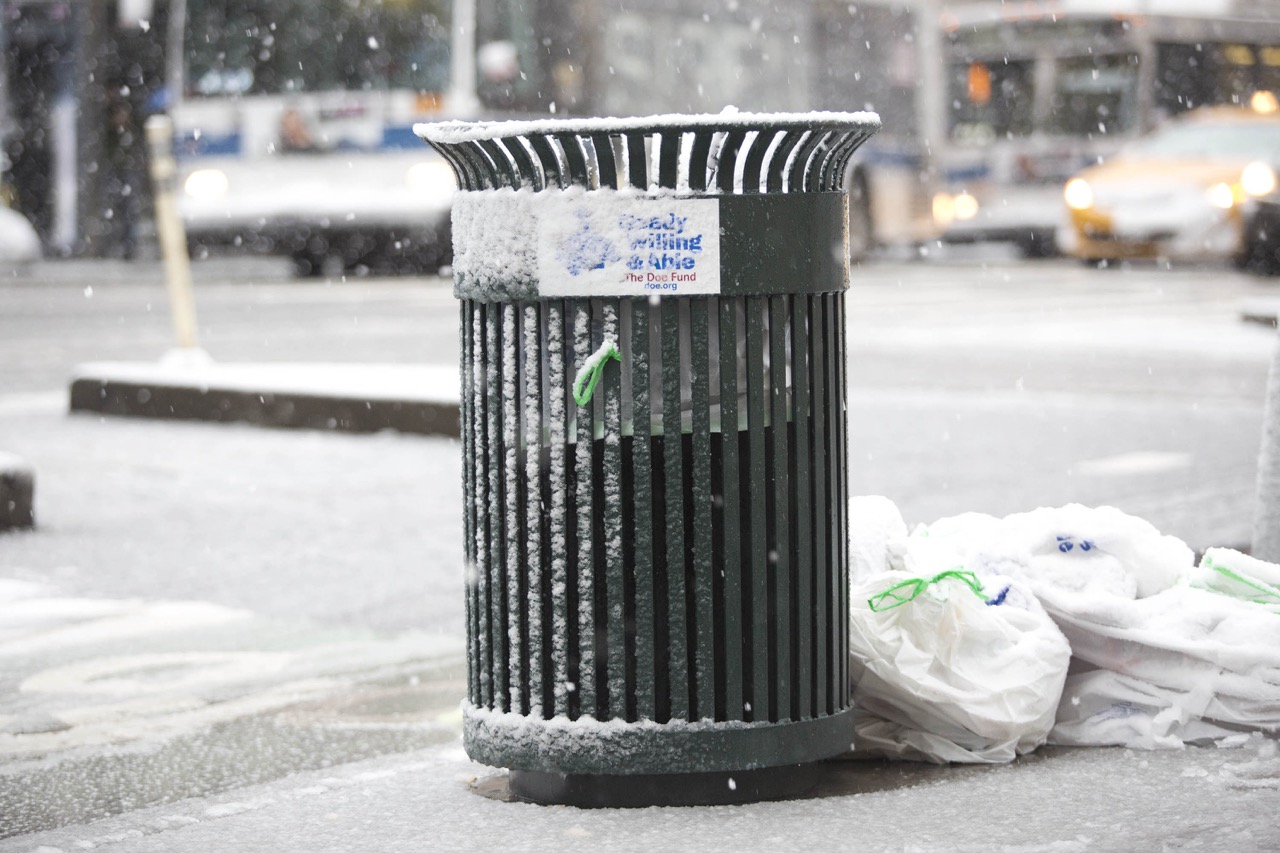
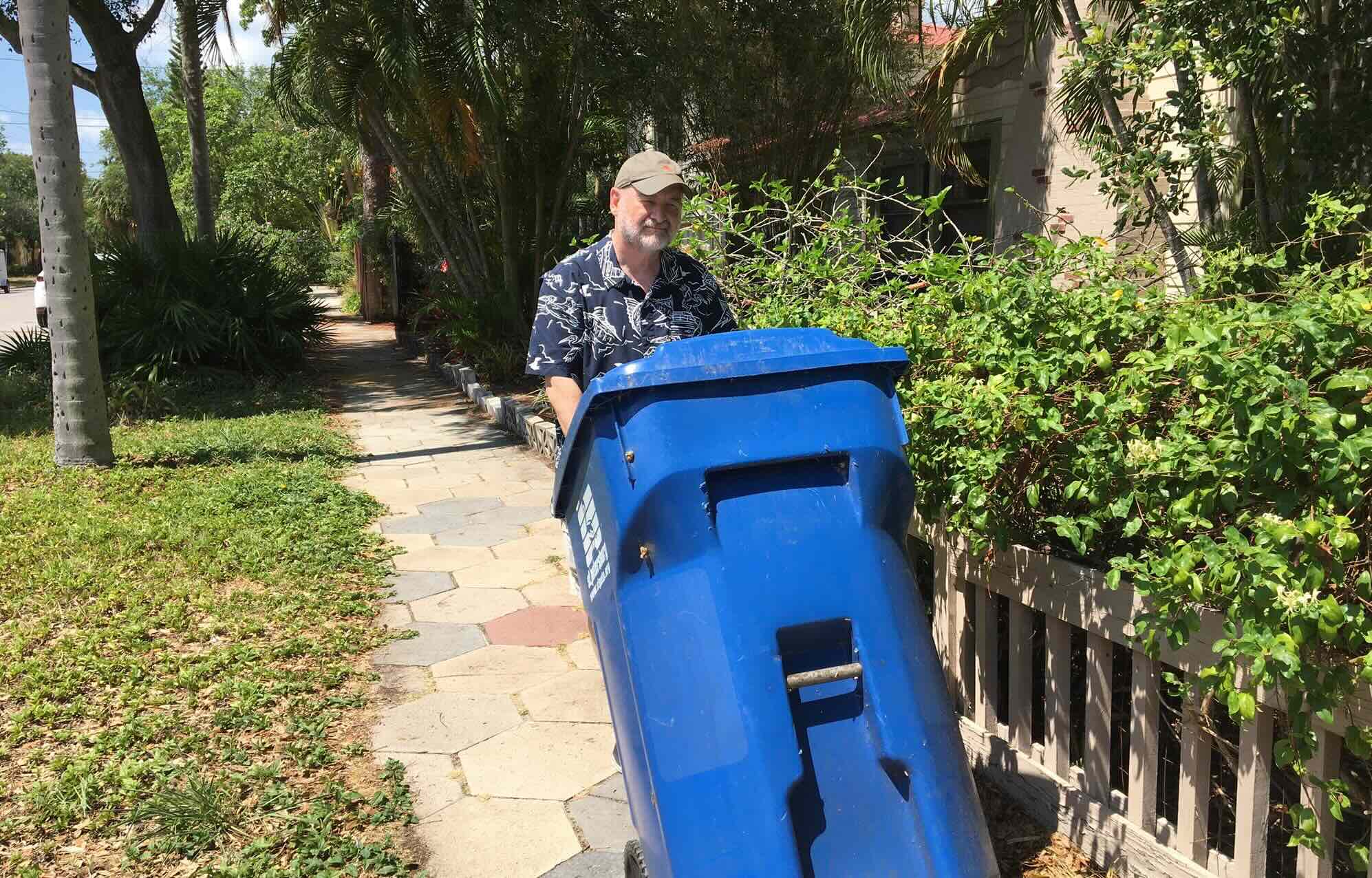
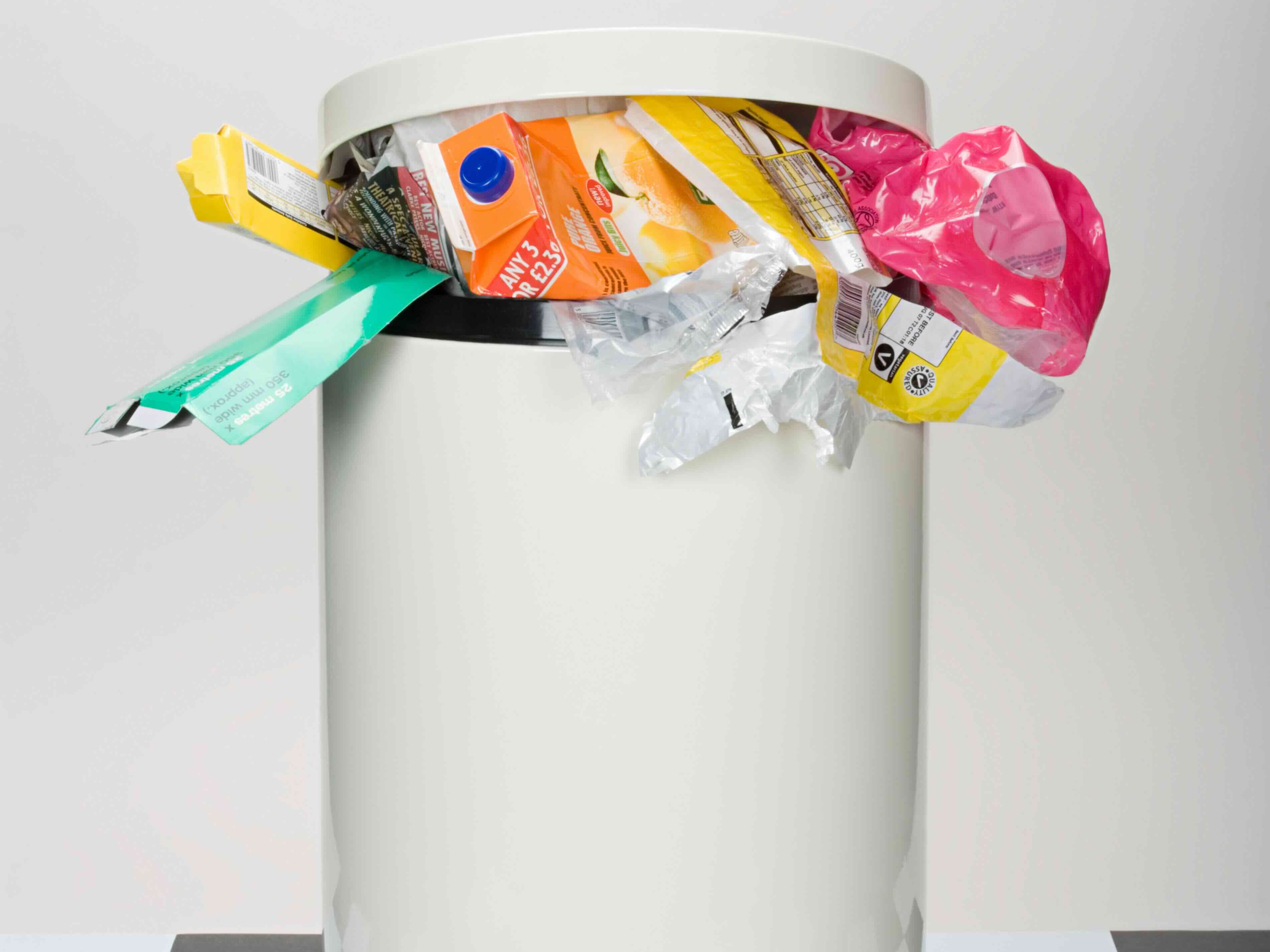
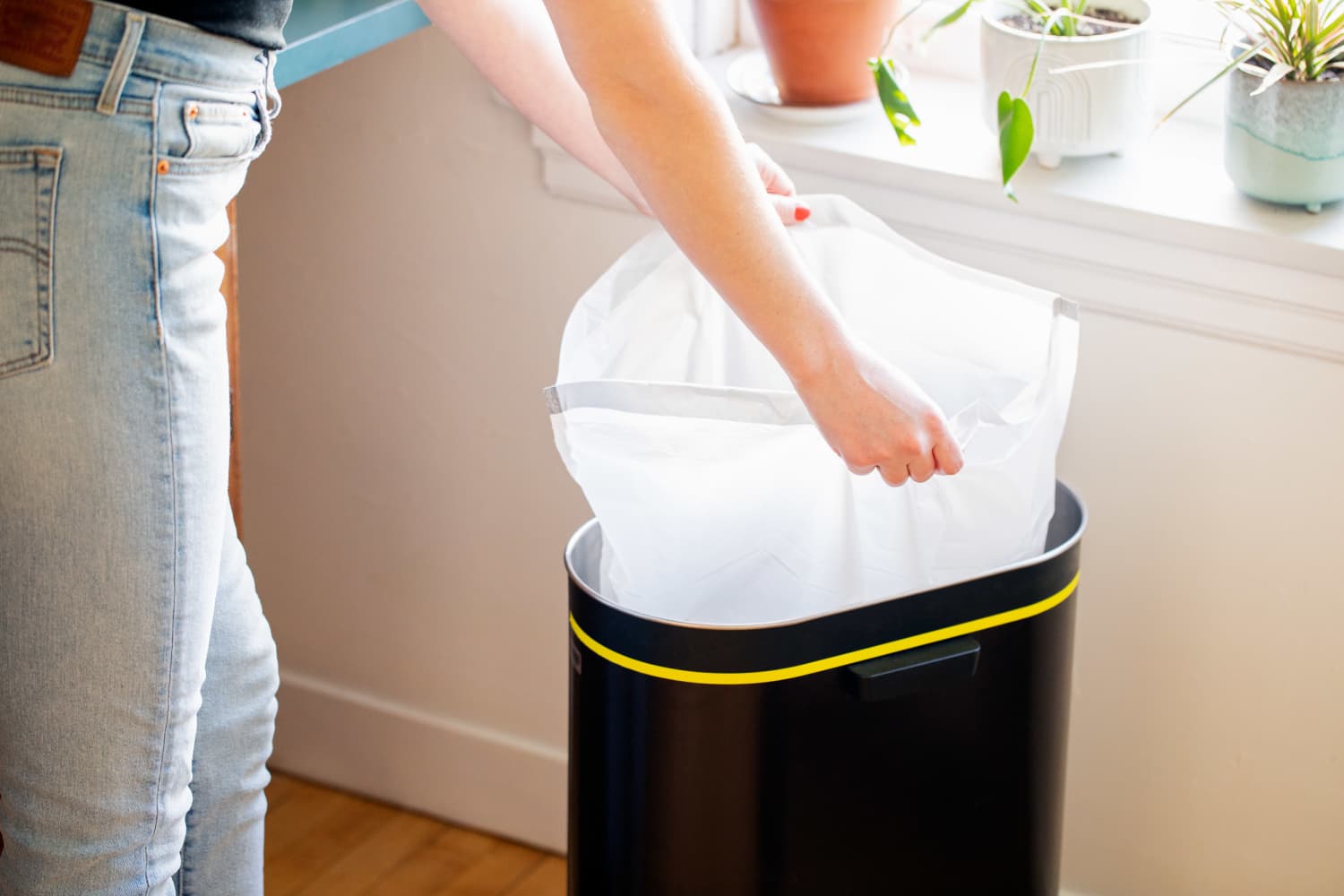





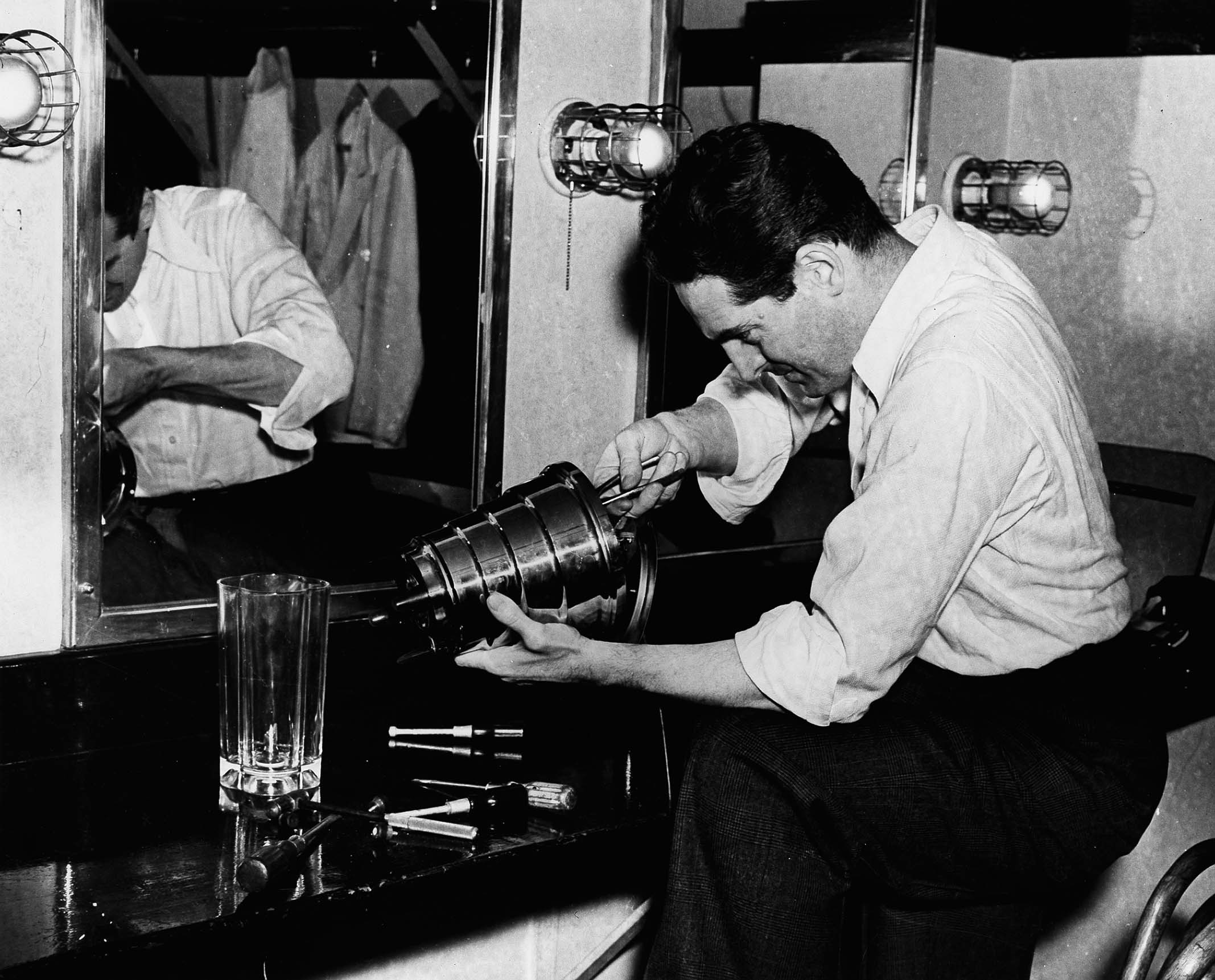

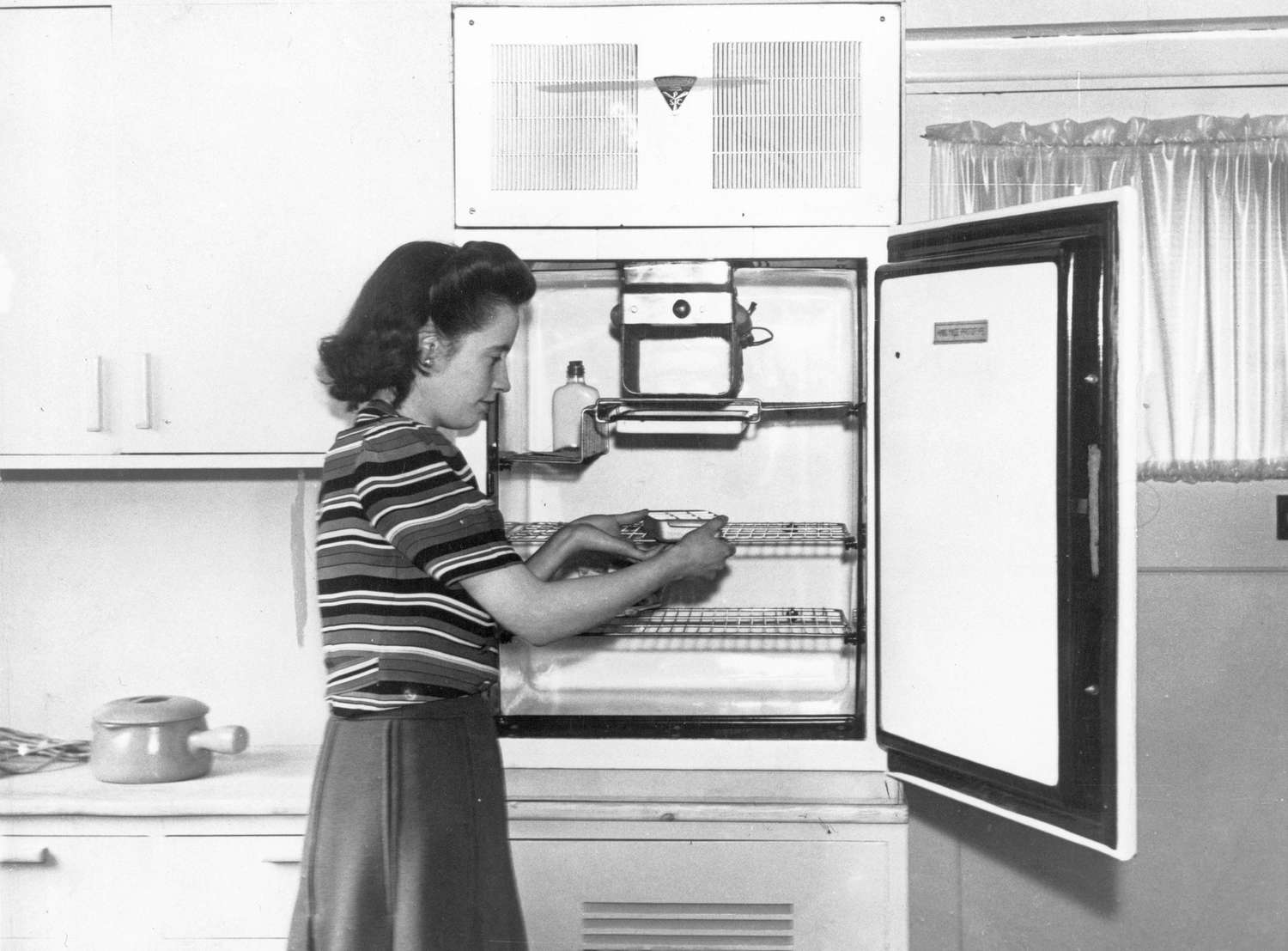




0 thoughts on “When Was The Trash Can Invented”